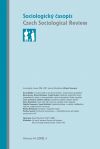

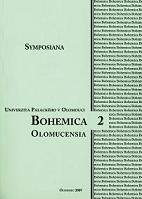
We can rarely follow such changing reception in the connection to modern phenomenon as "multicultural" term cabaret. Not only in European but also in our language context. In Czech countries there never formel continual tradition of the cabaret as in our neighbourhood, in the countries with a strong cabaret tradition. comparison with Berlin, München, Vienna, Budapest, Warsaw and Paris we had rather "the theatre of cabaret type" (as Osvobozené divadlo, Semafor). We haven't long, continual and famous tradition of cabaret as French or German. With the exception of Jaroslav Hašek, there were not so strong individualities as Alfred Jarry, Jaques Prévert, Boris Vvian, Christian Morgenstern, Frank Wedekind, Max Rreinhardt, Kurt Tucholski, Walter Mehring, Marlene Dietrich, Karl Kraus or Helmuth Qualtinger. The boom of the term cabaret came in the times when it manifested new trends of the art (in Berlin expresionism – see Neopatetic cabaret, in Zurich dadaism – Cabaret Vvoltaire etc.). Later the term cabaret fused rather with the image of sentimental local-patriotism, and there were added noble refined adjectives as "literal" or "art" cabaret (Červená sedma) or later dutiny the communist era there were contrived new alternative names (scenic pop-up picture book, text-appeal, zceniv party, recitale etc.). Only after the fall of communism the new generation without the connections with the roots in karneval tradition of European culture of laugh, and with that experience uses the term cabaret (in connection with the roots in carneval tradition of European culture of laugh, and with the French word "le cabaret" – as a pub, inn) in its original, still declined non-demeaning sense. The name for this type of theatre activity is connected with the ostenze of the individuality of the author and interpreteur and the main topic "here and now" (in the sense of the term "presentness" of the German theatreologist Hans-Thies Llehmann). Semantic Parallel of Kafka's Lyrics and French Existentialism Marcel Forgáč Kafka's specific "approach" to human being problem causes his work is often compared to existentialism philosophy. The most significant parallel between Kafka's and philosphy-literary initiative of French existentialists we can see in the specific transformation of human being as a problem. both poetics the characters are autonomuous, individual personas who despite their rationality and character of self-reflection collide with general disconnectedness of the system around them. Kafka's geometer K., or Jozef K, Camus's Mersault, Sarter's Antoine Roquentin or Matheiou Delarue represent personas wrested out of social relations, reflecting their status of individuality without these relations, but at the same time they figure as personas who are not existentially determined by social and private relations. Insolvability, steadiness and stoutness of this conflict and final abalienatio of individual individuum is caused by his uniqueness.
More...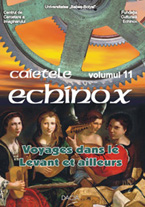
Keywords: Lebanese literature; Amin Maalouf; the quest for the ancestors; the reading pact
In his latest book Origines (Grasset, 2004), Amin Maalouf delves into his personal and familial history, developing a veritable quest for his ancestors that becomes an individual and collective memory of Lebanon. In this quest he comes to grips with the autobiographical as well as the mythical. By returning to his origins the author leads us back to our own beginnings in a complex dialectics between East and West. The analysis is based on the theory of autobiography and an attempt to understand the singularity of the proposed pact between author and reader
More...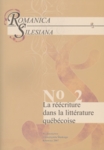
Keywords: Marco Micone; « Le figuier enchanté »; Quebec ethnic minority literature; Italian Canadian literature; immigrant writing; intertextuality; comparative perspective; engagement; polyphonic novel; « Une saison dans la vie d’Emmanuel »
The article studies Marco Micone’s « Le figuier enchanté » (a novel inspired by a Quebecois classic – “Une saison dans la vie d’Emmanuel” by Marie-Claire Blais) as the author’s attempts to get closer to the Quebecois cultural heritage. Micone is an Italian-Canadian writer who became famous for his public interventions in favor of the marginalized and the oppressed (both immigrants and workers exploited by the capitalist regime). His novel is strongly impregnated with the idea of the battle for a better tomorrow which, in his view, is possible only when all the inhabitants of Quebec get to know and help each other.
More...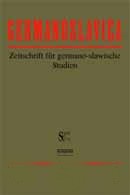
Robert MENASSE, who holds a doctorate in German Studies, holds a certain amount of influence on contemporary Austrian literature not only due to his role as a writer. In his essays on cultural policies he adds to Claudio MAGRIS’ and Ulrich GREINER’s theses on idealization or standstill as characteristics of Austrian literature the feature of conflict deficit, which he traces back to the undemocratic institution of social partnership. This conflict deficit does not only influence literary topics but also the structure of texts written by Peter HANDKE or Thomas BERNHARD which are highly repetitious and use monotonous language. To give further examples Menasse as a writer constructs his books along the theories of his literary alter ego. In Selige Zeiten Brüchige Welt for example conversations in a café are used to connect former nazis and Jewish emigrants showing a small model of Austrian society located in Brazil, in his Czech-Austrian novel Schubumkehr two concepts of Austrian postwar society are evident: aesthetics based on social partnership and the travesty of the Second Austrian Republic.
More...Keywords: Systematic theology; Theological epistemology; Anthropology; Christology; International Theological Commission; Communion and Stewardship
The question of constituting the status of human existence leads to its mysterious nature. Not any rationality can comply with this question. Along with H. U. von Balthasar, the basic question of the human existence foundation is formulated as an open one in multiple dimensions: religious beliefs of Ancient India and Greece, tragic struggle in German mythologies, and biblical concept of Christian existence. Along with H. de Lubac, the second part analyses the humanistic concept of human existence, which results in atheistic humanism. In the last part with W. Kasper, we reveal the elementary status of the question of the human in its Christological designation in three steps: a) Christology assumes a relatively independent anthropology; b) Christology presents a basic measure for anthropology; c) Christology brings into anthropology an essential status.
More...Keywords: communication; clichés; verbal mechanism; language crisis; spiritual alienation.
In all his plays, Eugène Ionesco has tried to demonstrate the spiritual alienation of his characters, whose verbal mechanisms could work until the language totally disintegrates. From the Bald singer to The Rhinoceros, all the pays bear coherence and continuity inspired from artistic and human ideals. With no radical opposition of the absurd theatre as shown in The Bald Singer or in The Lesson, to the ideological theatre as in The Rhinoceros or the Thirst and The Hunger in content, we have to admit that the language, the thought and their crisis denounced in The Bald Singer or in The Lesson represent the beginning of a process of dehumanisation launched in The Rhinoceros. All the characters, except for Bérenger-the only one with human traits- are phantoms without souls and personalities, suffering from the disease of wording and thinking and they show this in their behaviour and language stereotypes.
More...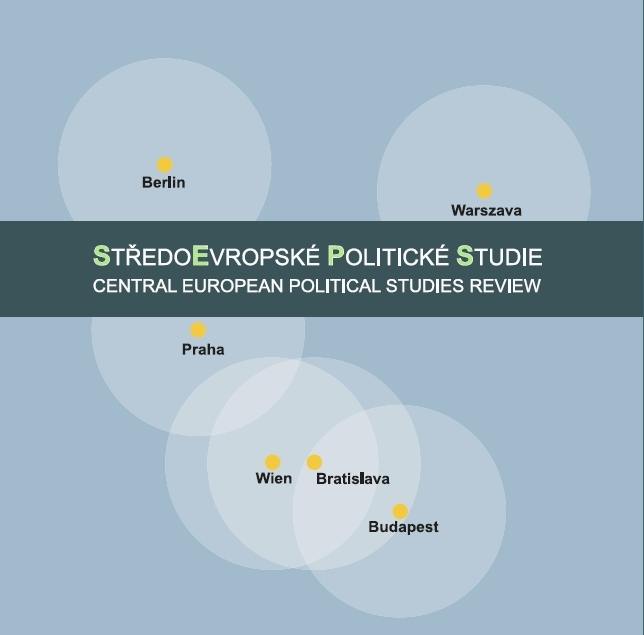
Keywords: review;
Review of the book: Jean-Paul Gagnon: Democratic Theorists in Conversation: Turns in Contemporary Thought
More...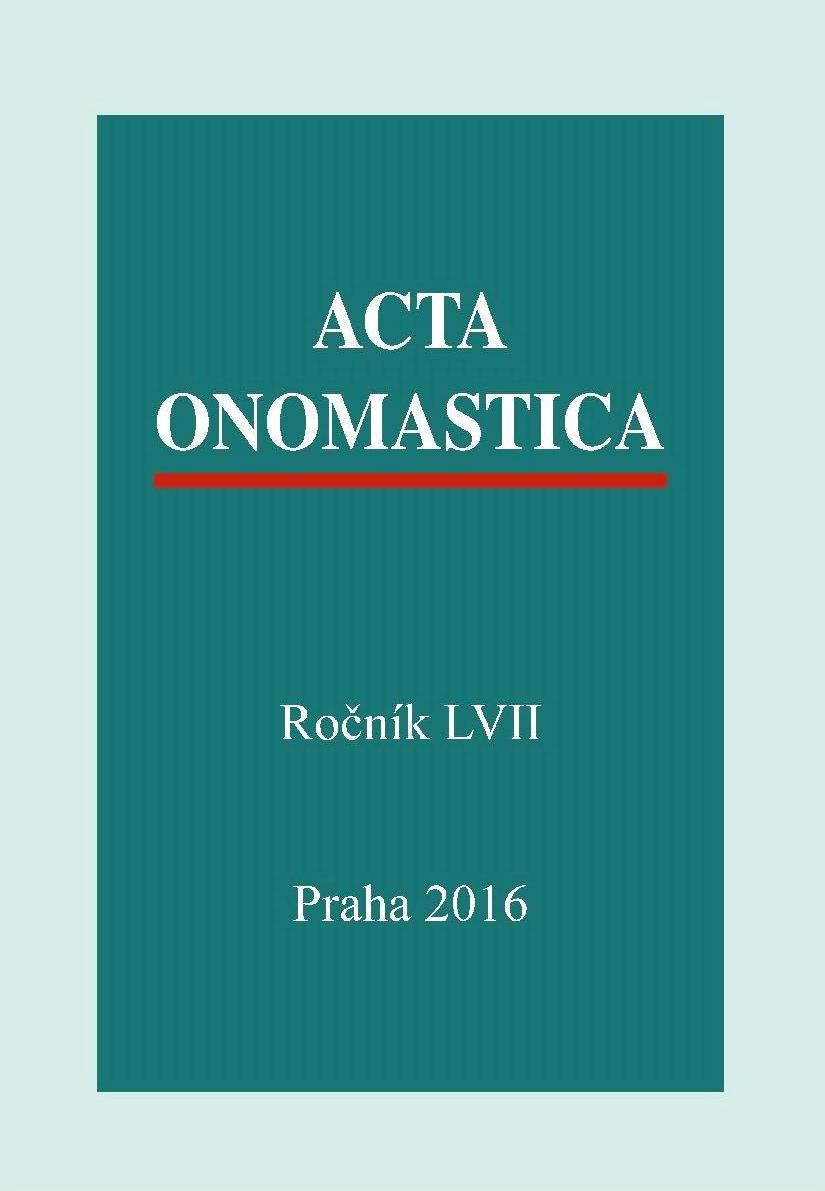
Keywords: onomastics; propry; Czech movies; animals; plants; NFA; ČSFD.cz
This article deals with the designations of animals and plants in the titles of Czech and Czechoslovak films from the years 1898–2010. This topic will also be part of the author’s forthcoming dissertation dealing with names of Czech films. There appeared 228 films which names includes the term of the lexical world of animals and plants in a total amount of 2,293 movie titles. There prevails mammals (and most of them dog and cat), as regards the plants, most often are flowers and herbs. In terms of form there were mostly nouns, adjectival forms were rare. There also appeared several zoonyms besides appellatives. In view of the importance of collected names it can be aside the original meanings of the designations of animals, names with anthroponymic function, no anthroponymic metaphorical designations of persons and group nicknames.
More...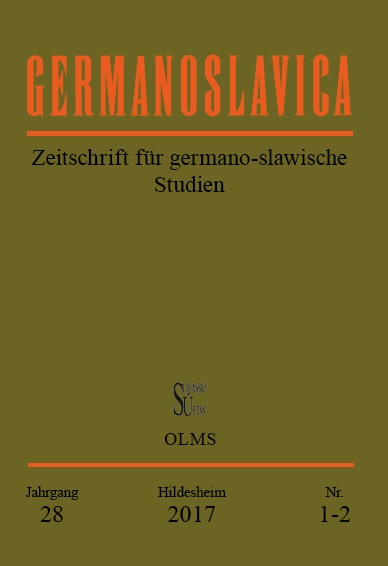
Keywords: Václav Řezáč; Sudetenland;literature;Socialist Realism;
In his novel Bitva [The Battle], Václav Řezáč describes the colonization of the Sudetenland following the expulsion of the German population. In the preceding first part of Řezáč’s trilogy, Nástup [The Arrival], the Germans collectively appeared as ethnic and ideological enemies; in Bitva they are already rather depicted as individual and marginal figures. The main enemies are now identified as those among the Czechs who oppose the socialist transformation of postwar Czechoslovakia. Bitva represents the construction of a modern socialist society; its author submits to the artistic claim of Socialist Realism for hegemony and thus himself becomes a tool of Soviet colonization.
More...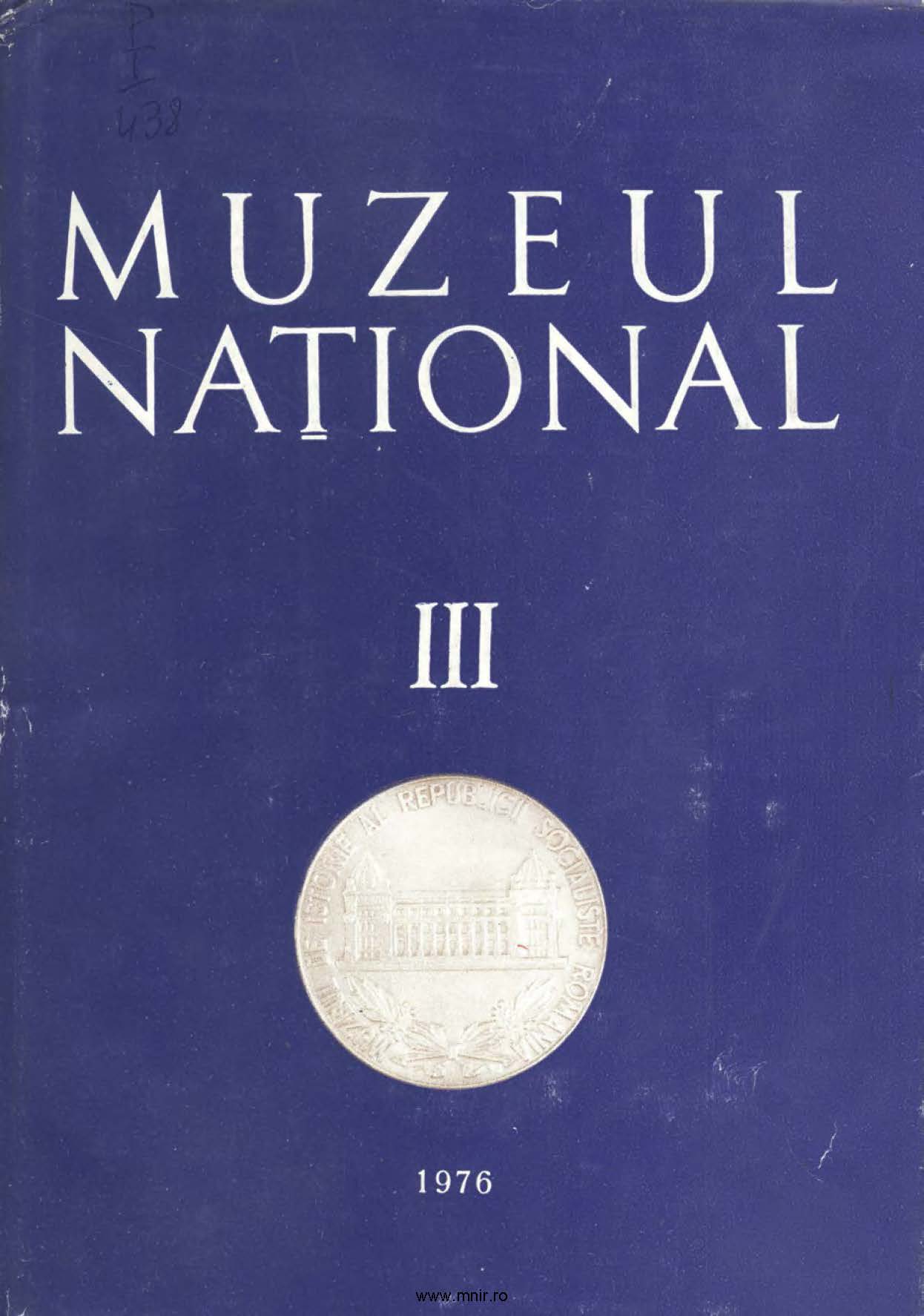
Keywords: Romania;Jiu Valley;Bârsa Country;culture;Transylvania; comparison;ethnology;
Chacune de ces trois zones se trouve à un carrefour athropogéographique, socio-économique et ethnoculturel de Transylvanie. Le programme de recherches de cette trilogie carpathique transylvaine a mis au jour de nouveaux éléments ethnoculturels, établissant une liaison avec les zones ethnographiques de Banat et Oltenia, de Muntenia et Moldavie ainsi que de Maramureş et Bucovina, et reflétant, au fond, la particularité ethnoculturelle de toutes les zones ciscarpathiques et transcarpathiques de Roumanie. La considération ethnologique comparée des phénomènes a conduit à des différenciations quant au contenu ethnoculturel des relations et interférences, existantes entre les zones des deux versants des Carpathes, comme il suit : a) entre les zones ethnographiques limitrophes et b) entre les zones situées à une certaine distance, par rapport à la chaîne de montagnes. Partant de la constatation générale que les montagnes ne déterminent pas un isolement des populations limitrophes, il en résulte deux types de conclusions : a) une l'unité interzonale linguistique (celle des deux versants des Alpes et des Pyrénnées, par exemple) et b) une unité multïlatérale-ethnolinguistique, ethnoculturelle et politique (celle des zones carpatiques de Roumanie).
More...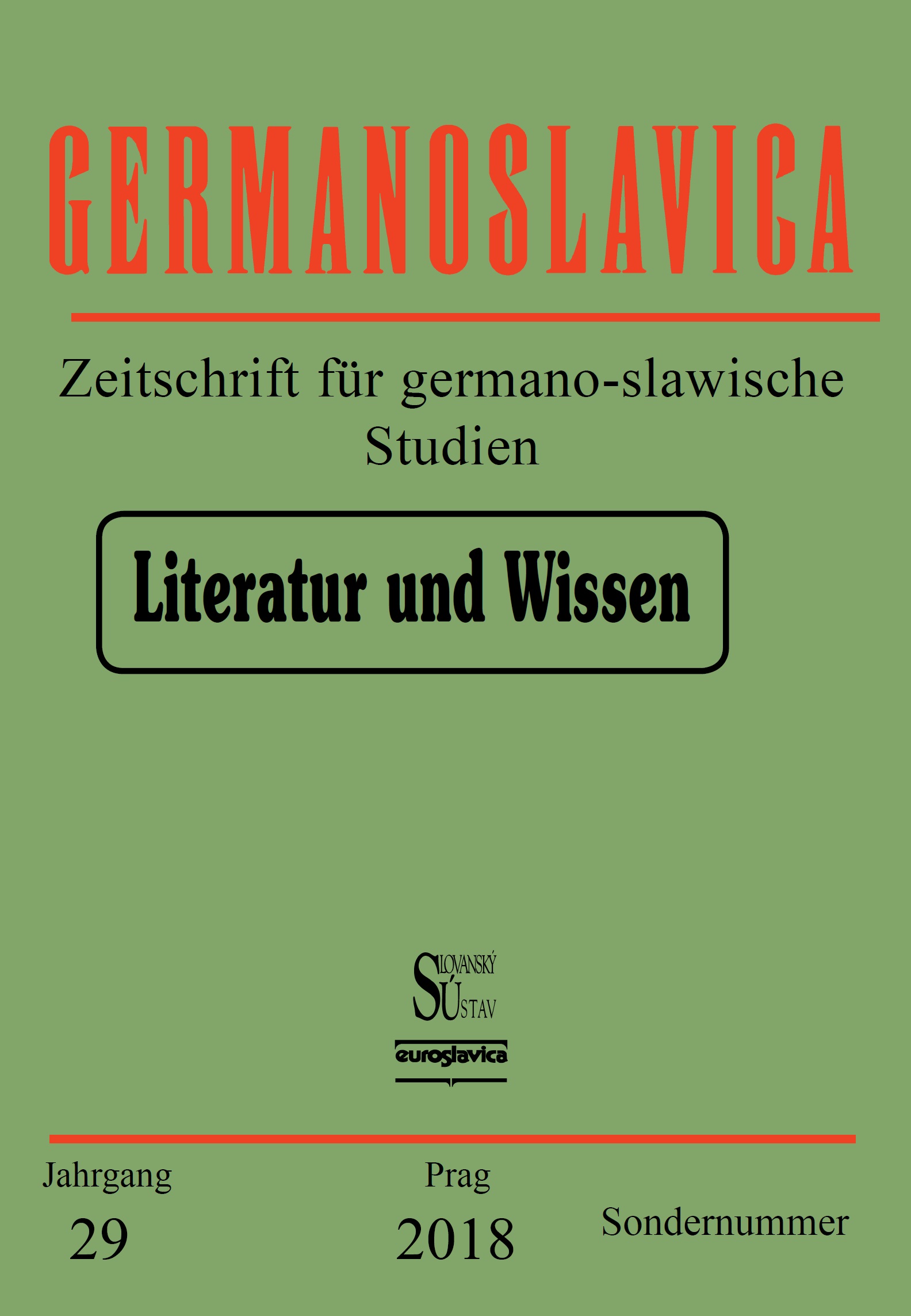
Keywords: russian modernism;positivist philosophy;science; russian literature; Valery Bryusov;Andrei Bely;
The leading writers of Russian Modernism had gone through the university education built on the foundations of positivist philosophy which resulted in their effort to transpose a large amount of rational knowledge to the artistic sphere. A characteristic example is the work of two Russian Symbolists Valery Bryusov and Andrei Bely, who applied their exact education successfully in their artistic texts (Bryusov in history, Bely in mathematics and philology). Bely did so in his essays compiled into a book Symbolism (1910) and in experimental Poema about Phones – Glossolalia (1917). Rudolf Steiner’s system of eurythmy was applied by the poet when he studied the relationship of movements used to form the sounds and words expressing the spiritual nature of Man. The study of linguistics was an inspiration for Bely´s poetic creation. A typical example of the interest in history, culminating in Russian literature at the time of modernism, is Valery Bryusov’s esoteric novel Fiery Angel (1907). In the complex web of phantasmagoric scenes, whose interpretation proceeds on the edge of fiction and reality, there are scholarly lines (focusing on the occult literature) incorporated in the novel. Ambivalent position is taken in the novel by the famous scholar Agrippa from Nettesheim. Scientific literature forms an integral part of both the authors´ literary works, and faith becomes a strong source of inspiration for them.
More...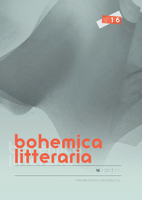
Keywords: Children books; literary genres; fantasy; history of genre; theory of genre; change;
The essay focuses on selected literary works of the fantasy genre, both those intended for children (C. S. Lewis: The Chronicles of Narnia, Tonke Dragt: The Letter for the King /De brief voor de Koning, etc.) as well as those that became children’s literature unintentionally (especially J. R. R. Tolkien: The Lord of the Rings). It discusses the motifs of quest for the fundamentals of life and the world, the higher order and the place of man in this order, and maturation or internal change of literary characters. In this connection the essay asks to what extent these motifs are typical for the genre of fantasy, what the role of the fantasy genre heritage is and why, especially due to its close relationship with fairy tales, chivalric epic or classic adventure literature. It also deals with the problem of whether fictional worlds create or do not create a specific space for the “initiation of the process of change” of young or possibly adult readers, i.e. whether the genre offers more than light reading.
More...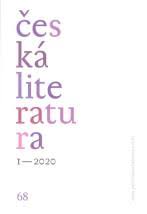
Alexander Kratochvil: Posttraumatisches Erzählen. Trauma — Literatur — Erinnerung. Kadmos, Berlin 2019. 253 strany.
More...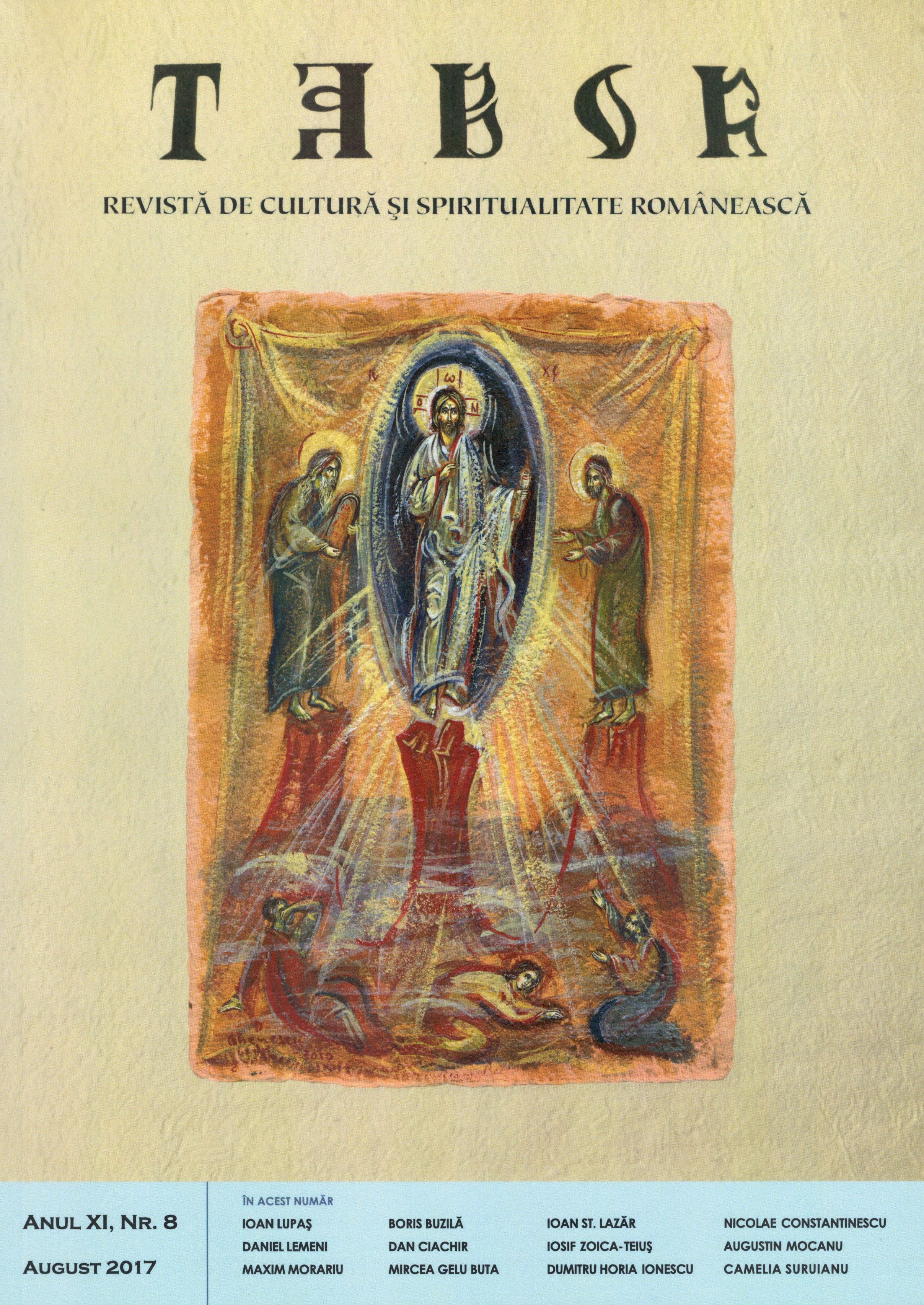
Keywords: monastic clothing; early monasticism; John Cassian; Evagrius Ponticus;
In this paper we examine the symbolism of the monastic clothing as it appears in early ascetic literature. There is a close connection between the monastic garment and the values of the ascetic life. This relationship was highlighted by Evagrius Ponticus and John Cassian.
More...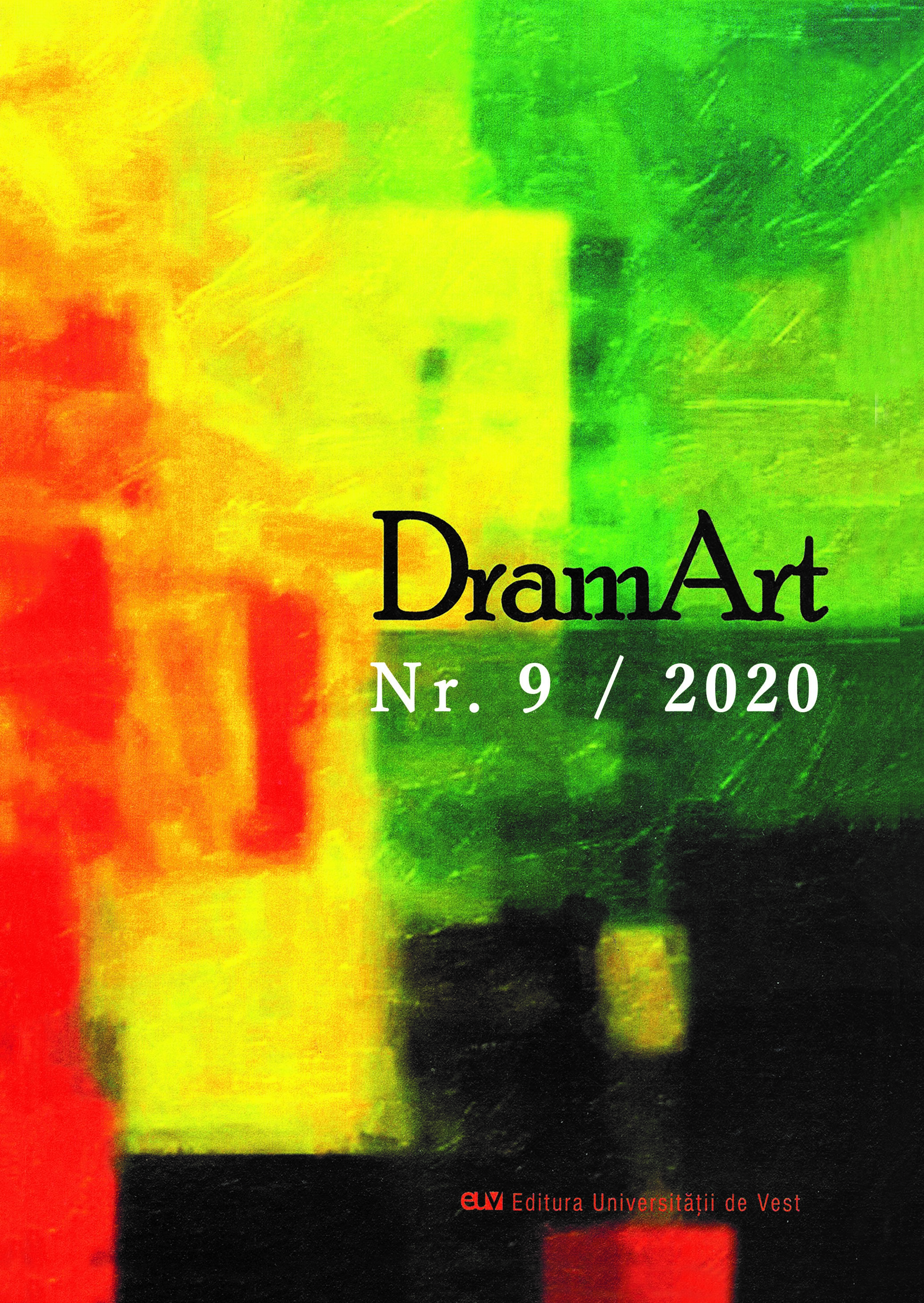
Keywords: movie; classical music; film music; famous movie directors;
Classical music and the film industry began collaborating from the beginning of the 20th century in a very interesting way that gave birth to controversies, debates and influenced the rise of film music, as it is known today. Which role did classical music play in the development of film music and how was classical music used by some of the most famous movie directors? How did this collaboration between the two arts evolve and who are the most renowned classical music composers that also choose to compose for movies? These are just few questions that will be addressed in the following article.
More...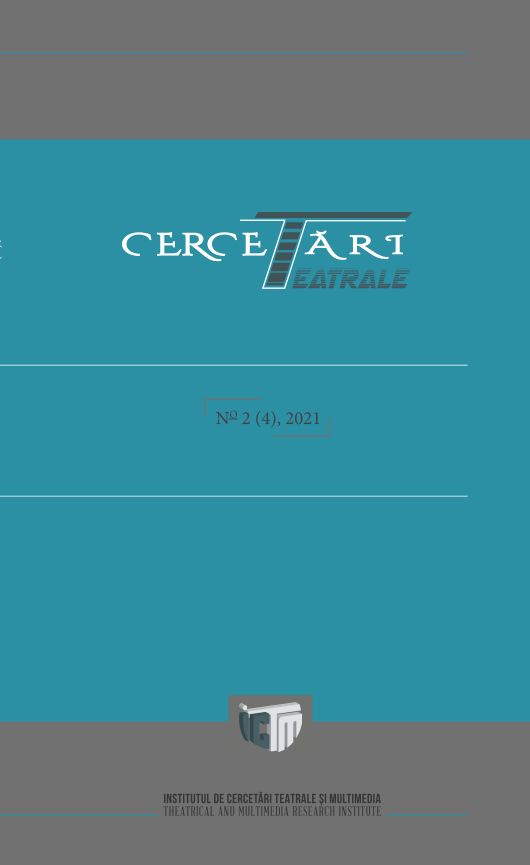
Keywords: contemporary local drama; Transylvania; Ceaușescu regime;cultural policy;
Friday, 4 February 1983, spectators gathered for the premiere of Târgu-Mureș National Theater’s Hungarian department. The performance entitled "Egy öngyilkos világa", was directed by Dan Alecsandrescu, and based on the drama signed by an autochthonous and even local author, Romulus Guga: "Amurgul burghez" ("The Bourgeois Twilight"). The analysis of this theatrical event shows the evolution of the interpretation of the contemporary local drama in the Ceausescu period. I reviewed the semantic changes of the term and I examined how they affected the repertoire of the theater from Târgu-Mureș in that time.
More...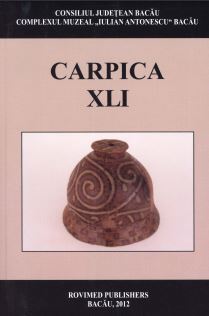
Keywords: Pârvan; archaeologist; Histria; Getica; Memoriale; academician;
Vasile Pârvan (28.09.1882-26.06.1927) has returned in his country in 1909 after brilliant studies in Bucharest and Germany (Berlin in Breslau) and had a fascinating career as a university professor, head of the National Museum of Antiquities and as the initiator of program for archaeological researches starting Histria. He also was the creator of the modern school of archaeology in Romania and the founder of an institutions and publications of national and international notoriety, the author of fundamental works such as Getica, was corresponding member first and then member of the Romanian Academy, the vice-president and general secretary of the Academy with an extraordinary scientific activity both in Romania and aboard. He was international scholar and researcher and his model proves his perenity.
More...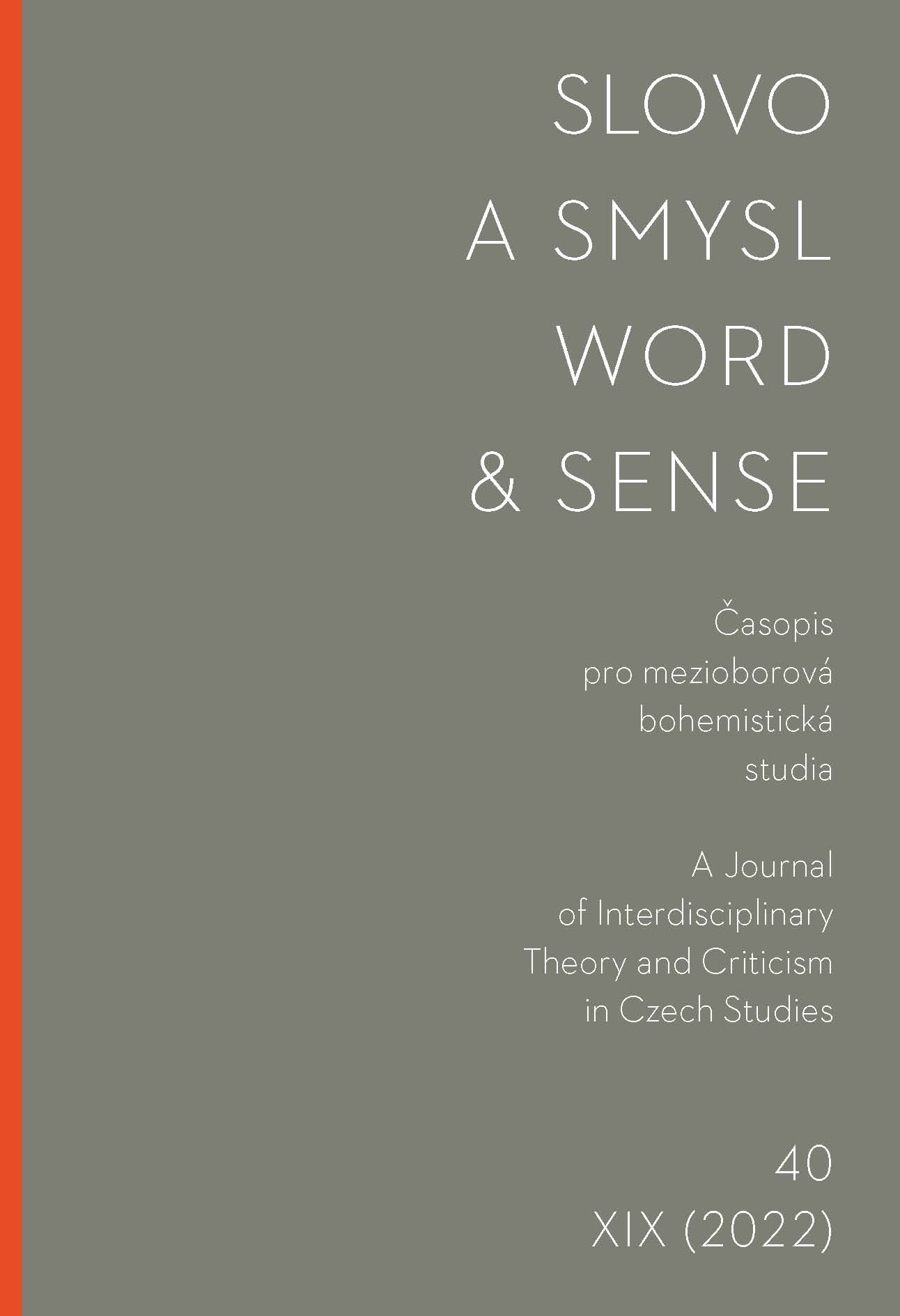
Daniela Čadková: Oslněni hellénským sluncem. Recepce antiky v české literatuře v letech 1884–1914. Filosofia, Praha 2020. 388 s.
More...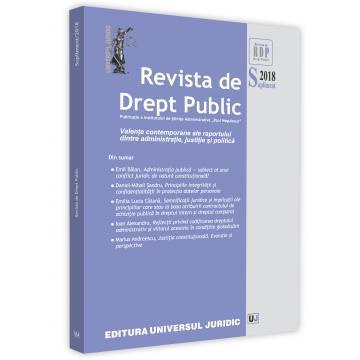
Keywords: war sociology; peace; security crisis; armed conflict; multinational operations for maintaining;
The dangers against international security and human security critically exhibited under complex, diverse and atypical forms, which determines difficulties for preventing the armed regional conflicts. The peace and the war are complex problems of the international society and the legal provisions are not enough for protecting the peace like a normality state. The competition for power, as a competition o of interests of the partners to the international life, especially of the states, imminently drives to contradictory states, to disagreements between the global political actors. Generically named – international differences – these contrary interests, some caused by different legal interpretations, other caused by different political opinions, expressed by different claims, frequently drive to violent armed conflicts with critical consequences against the international security. The modern conflicts are described by critical forms of manifesting the armed violence and present some specific features: international elements in the internal state conflicts; some difficulties with the identification of the parties of the armed conflict; enhancement of the role of the non-state actors and the transnational entities; the frequent asymmetric character of the military operations. The use of the force under international circumstances, is referring, under a reasonable definition, as the deployment and the use of armed forces of one or more states in another state under the authority of an international organization. The armed forces are more and more involved in the international military cooperation and into activities for maintaining the peace. Especially, the national parliaments consider quite difficult the supervision of the decision making process to send armed forces into foreign lands in order to participate to multinational operations.
More...